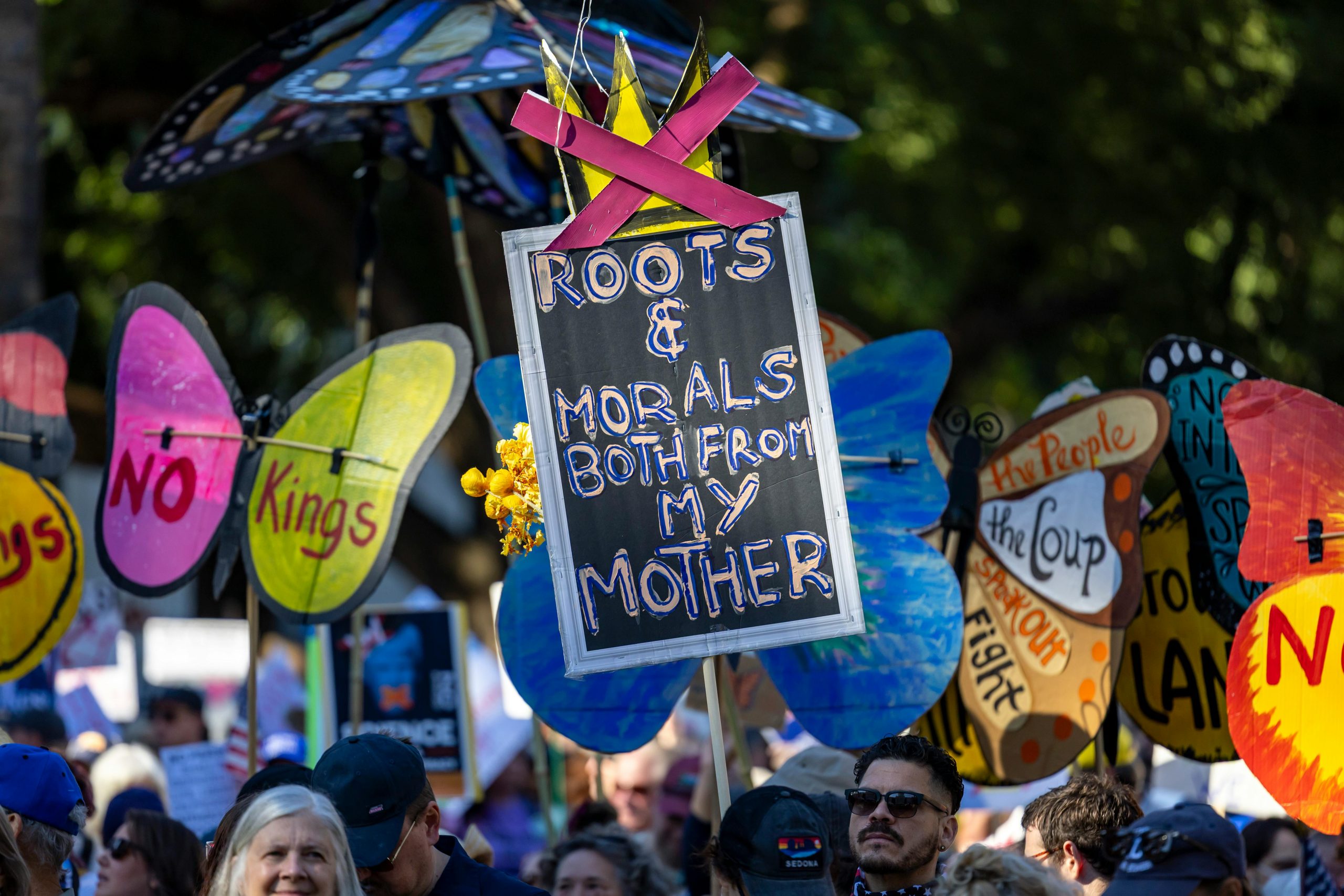Unveiling the Events of Black Tuesday: A Historical Analysis
Black Tuesday, a pivotal moment in financial history, remains a subject of intense scrutiny and fascination. This article delves into the intricate web of events that transpired on October 29, 1929, examining the causes, consequences, and enduring legacy of this catastrophic day.
The Seeds of Collapse
The roots of Black Tuesday can be traced back to the post-World War I era. A surge in consumer spending fueled by easy credit and a speculative boom in the stock market created an unsustainable bubble. The Federal Reserve’s attempts to curb speculation through interest rate hikes proved futile, and the bubble continued to inflate.
In September 1929, the bubble began to burst. Stock prices tumbled, triggering widespread panic. On October 24, a record 12.8 million shares were sold, signaling the onset of a full-blown crash.
The Devastating Crash
On Black Tuesday, October 29, 1929, the stock market suffered its most severe decline in history. The Dow Jones Industrial Average plummeted by 12%, losing 11 billion dollars in a matter of hours. Over 16 million shares were traded, and many investors lost their entire fortunes.
The crash sent shockwaves through the global economy. Businesses failed, banks collapsed, and unemployment soared. The Great Depression had begun.
Unveiling the Events of Black Tuesday: A Historical Analysis
The Economic Downfall of 1929
The economy of 1929 was a roller coaster ride. The stock market had been soaring to new heights, and people were investing heavily. But on October 29, 1929, the market crashed, and the world was plunged into the Great Depression.
The Causes of Black Tuesday
There were many factors that contributed to the stock market crash of 1929. One of the main causes was the overspeculation in the stock market. People were buying stocks on margin, which meant that they were borrowing money to invest in the market. When the market started to decline, these investors were forced to sell their stocks to cover their losses. This led to a snowball effect, as the selling drove the market down even further.
Another factor that contributed to the crash was the lack of regulation in the stock market. There were no rules to prevent people from buying stocks on margin, and there was no oversight of the stock market. This allowed for rampant speculation and fraud.
The Consequences of Black Tuesday
The stock market crash of 1929 had a devastating impact on the world. It led to the Great Depression, which caused widespread unemployment, poverty, and hunger. The crash also led to a loss of faith in the stock market and the economy.
The Lessons of Black Tuesday
The stock market crash of 1929 is a reminder of the importance of regulation and oversight in the financial markets. It also shows the dangers of overspeculation and greed. The lessons of Black Tuesday are still relevant today, and they should be remembered by investors and policymakers alike.
The Aftermath: Economic and Psychological Scars
The aftermath of Black Tuesday was both devastating and long-lasting. In the immediate term, the stock market crash triggered a deep recession that lasted throughout the 1930s, known as the Great Depression. Millions of Americans lost their jobs, homes, and savings, leading to widespread poverty and despair. The psychological impact was equally profound, shattering confidence in the financial system and leaving a lasting legacy of fear and uncertainty.
Economic Impact: The Great Depression
The stock market crash of 1929 set off a chain reaction that led to a massive contraction in economic activity. As businesses failed and investment dried up, unemployment soared, reaching a peak of 25% in 1933. The Great Depression was the worst economic crisis in American history, lasting for over a decade and leaving a lasting impact on the lives of generations.
Psychological Impact: A Loss of Faith
Beyond the economic devastation, Black Tuesday had a profound psychological impact on Americans. The belief that the stock market was an infallible source of wealth and prosperity was shattered, leaving many feeling disillusioned and betrayed. The crash also eroded trust in the government’s ability to regulate the economy and protect its citizens from financial ruin.
Lessons Learned: Avoiding Past Mistakes
The events of Black Tuesday hold valuable lessons for policymakers, investors, and the general public. By studying the causes and consequences of this historic event, we can gain insights into how to prevent similar crises in the future.
Regulation and Oversight
One of the key lessons from Black Tuesday is the importance of strong financial regulation and oversight. The lack of effective regulation in the 1920s allowed excessive speculation and risky lending practices to flourish, ultimately contributing to the crash. Today, regulators have a more robust set of tools to monitor and control financial markets, helping to reduce the risk of systemic crises.
Investor Education and Risk Management
Another lesson from Black Tuesday is the need for investor education and risk management. Many investors in the 1920s were lured by the promise of quick profits without fully understanding the risks involved. Today, investors have access to more information and resources than ever before, allowing them to make informed investment decisions and manage their risks appropriately.
The Importance of a Stable Financial System
Black Tuesday also highlights the importance of a stable and resilient financial system. The events of 1929 showed how a crisis in one part of the financial system can quickly spread to other parts, causing widespread damage. Governments and central banks have a vital role to play in maintaining financial stability by implementing appropriate policies and regulations.
Conclusion: A Lasting Legacy
Black Tuesday remains a defining moment in American history, a cautionary tale about the dangers of excessive speculation, unregulated markets, and blind faith in the financial system. The lessons learned from this historic event have helped shape modern financial regulation and investor behavior, but the legacy of Black Tuesday continues to remind us of the importance of vigilance and responsibility in the financial world.
Call to Action
As we navigate the complex and ever-changing financial landscape, it is more important than ever to learn from the mistakes of the past and to take steps to prevent future crises. By understanding the causes and consequences of Black Tuesday, we can help ensure that such a devastating event never happens again.










